As the UK transitions toward a net zero future, hydrogen has emerged as a critical enabler for decarbonising the transport sector. From zero-emission HGVs to hydrogen buses and trains, hydrogen refuelling stations (HRS) are the backbone of this clean energy transformation. Yet behind every safe, high-performance HRS lies a system of valves that governs pressure, temperature, flow, and — ultimately — reliability.
At Blackhall Engineering, our hydrogen-ready valves are engineered for the most demanding environments. This guide explains the essential role valves play across HRS architecture, showcases which Blackhall valve series apply to each application, and provides expert guidance for OEMs, developers, local authorities, and engineering contractors building hydrogen networks in the UK and beyond.
UK Hydrogen Transport Landscape: A Surge in Demand
The UK Government has committed to 10GW of low-carbon hydrogen production by 2030, with hydrogen set to play a key role in decarbonising freight, buses, trains, and marine transport. Entities like Element 2, Aegis Energy, and Transport for London are driving rapid deployment of HRS across regions including Aberdeen, Teesside, Manchester, and the Midlands.
This growth is underpinned by an urgent need for safe, certified, long-life components — particularly valves, which operate under high-pressure, cryogenic, and rapid-cycle conditions.
Hydrogen Refuelling Station Architecture: Where Valves Matter
A modern Hydrogen Refuelling Station (HRS) is a complex and tightly integrated system designed to manage hydrogen safely, efficiently, and reliably from storage to vehicle dispensing. Each subsystem presents unique engineering challenges — from extreme temperatures and high pressures to safety-critical shut-off requirements. In every case, the right valve selection ensures performance, compliance, and operational integrity.
Blackhall’s hydrogen-ready valve series are engineered to support each of these core applications:
- Storage – high-pressure or cryogenic hydrogen tanks
- Compression – boosting pressure to 350–700 bar
- Pre-cooling – reducing gas temp to -40°C for fast fill
- Dispensing – flow control and vehicle transfer
1. Storage: Containing Hydrogen Safely at Rest
The storage subsystem houses hydrogen either as a gas (typically 350 or 700 bar) or as a cryogenic liquid at -253°C. This is the starting point of the hydrogen supply chain within an HRS. Valves in this area are used for tank isolation, backflow prevention, and safe withdrawal. High-performance sealing, material compatibility, and thermal stability are vital to prevent leakage or overpressurisation — roles fulfilled by Blackhall’s cryogenic globe and check valves.
2. Compression: Preparing Hydrogen for Fast Delivery
Hydrogen must be compressed to high pressures for effective delivery to vehicles. While compressors themselves are often supplied by specialist OEMs, Blackhall valves are used in the surrounding piping systems — managing flow into and out of the compressor skids, isolating equipment for maintenance, and mitigating pressure surges. Valves in this stage must withstand high cycling, pulsating loads, and pressure extremes — which is where our bellows-sealed and Y-pattern globe valves excel.
3. Pre-cooling: Ensuring Safe and Fast Fills
To avoid overheating during rapid 700 bar vehicle fills, hydrogen is typically pre-cooled to around -40°C. This subsystem requires cryogenic-grade valves capable of withstanding rapid thermal transitions and maintaining temperature stability. In systems that use vacuum-insulated piping to minimise heat ingress, Blackhall offers optional vacuum jacketed globe valves — engineered to deliver exceptional thermal insulation, reduce cooldown losses, and enhance overall pre-cooling efficiency where such configurations are required.
4. Dispensing: Delivering Hydrogen to the Vehicle
The final stage of the HRS is the dispensing system — where hydrogen is safely and accurately transferred to the vehicle. While the dispenser units themselves are typically OEM-proprietary, Blackhall valves are deployed in the integrated safety and flow control systems that support them. This includes diverter valves for routing to vent or fill lines, check valves for backflow prevention, and shut-off valves for emergency control. These components must offer quick response, high-pressure integrity, and certified hydrogen compatibility.
Each subsystem places distinct demands on valve performance — from cryogenic sealing to zero-emission isolation. Blackhall’s hydrogen valve portfolio, including Series 9027, 9029, 9031, 9032, 9501, and 2005, is engineered to meet these challenges and support the full operational lifecycle of hydrogen refuelling infrastructure.
1. Storage: Cryogenic or High-Pressure Isolation
- Valve Types: Globe Stop & Control, Check Valves, Vacuum Jacketed
- Blackhall Series:
- Series 2027 / 9027 – Non-bellows Globe Valves (CL150–CL600)
- Series 9501 – Piston-Type Check Valves
- Vacuum Jacketed Globe Valves – for cryogenic hydrogen
Function: Isolate flow from high-pressure or cryogenic storage tanks, prevent backflow, and support safe withdrawal of hydrogen into the station system. These valves are often the first line of defence for system integrity.
Why It’s Critical: Storage valves must maintain leak-tight performance under extreme temperatures (as low as -253°C) and pressures up to 700 bar. Blackhall valves are helium leak tested, hydrogen-compatible, and engineered for low-temperature endurance with minimal thermal expansion issues.
2. Compression: Managing Pressure Transients
- Valve Types: Y-Pattern Stop & Control Valves, Bellows Sealed Globe Valves
- Blackhall Series:
- Series 9029 / 9031 / 9032 – Bellows Sealed Globe Valves (CL150–CL600)
- Y-Pattern Globe Valves – for low pressure drop and high cycle life
Function: Provide isolation and flow regulation in the piping surrounding compressor units. These valves are used to manage inlet and outlet hydrogen flow, protect against pressure surges, and isolate for maintenance.
Why It’s Critical: Hydrogen compression involves dynamic loads and frequent cycling. Valves in this zone must resist fatigue and offer zero fugitive emissions. Blackhall’s bellows-sealed designs ensure hydrogen containment at the stem, reducing the risk of leakage in high-pressure, high-frequency environments.
3. Pre-Cooling: Cryogenic Control
- Valve Types: Vacuum Jacketed Globe Stop and Control Valves
- Blackhall Series:
- Series 9027 / 9032 – available with vacuum jacketed body options
Function: Regulate the flow of hydrogen through pre-cooling loops and heat exchangers, stabilising gas temperature to -40°C prior to dispensing. Critical for maintaining fuelling speed and safety at 700 bar fills.
Why It’s Critical: Hydrogen’s low density and high diffusivity demand precise thermal management. Blackhall’s vacuum jacketed designs dramatically reduce heat ingress and support consistent cryogenic performance across repeated thermal cycles.
4. Dispensing: Fast Fill, Safety, Accuracy
- Valve Types: Diverter Valves, Check Valves, Emergency Shut-Off Valves
- Blackhall Series:
- Series 2005 – 3-Way Diverter Valves
- Series 9501 – Piston-Type Check Valves
Function: Direct flow toward vehicle connection points or vent lines, manage return flows, and integrate with safety interlocks or ESD (emergency shut-down) systems. While dispensing nozzles are OEM-supplied, these support valves are essential for safety and directional control.
Why It’s Critical: The dispensing interface is the most publicly visible and safety-critical point of the HRS. Valves in this area must perform reliably under pressure and temperature fluctuations, provide instant shut-off capability, and meet the highest hydrogen compatibility standards.
Our Hydrogen Valves Range
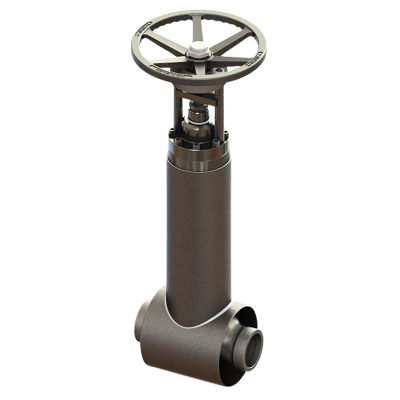
Vacuum Jacketed Globe Stop Valve
Series: 2027 & 9027
Type: Non Bellows
Rating: CL150 to CL600; PN16 to PN100
Material: Stainless Steel 316
Size Range: ½” – 8”; DN15 – DN200
End Connections: Butt Weld, Socket Weld, Screwed, Flanged
Temp Range: -269°C to +149°C
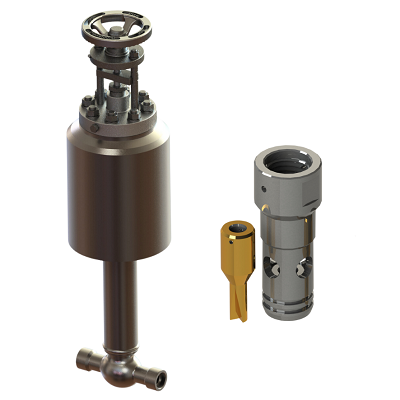
Vacuum Jacketed Globe Control Valve
Series: 9029
Type: Bellows Sealed
Rating: CL150 to CL600; PN16 to PN100
Material: Stainless Steel 316
Size Range: ½” – 8”; DN15 – DN200
End Connections: Butt Weld, Socket Weld, Screwed, Flanged
Temp Range: -269°C to +149°C
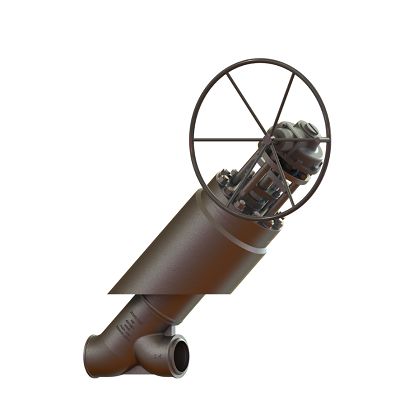
Y-Pattern Stop Valve
Series: 9031
Type: Bellows Sealed
Rating: CL150 to CL600; PN16 to PN100
Material: Stainless Steel 316
Size Range: ½” – 8”; DN15 – DN200
End Connections: Butt Weld, Socket Weld, Screwed, Flanged
Temp Range: -269°C to +149°C
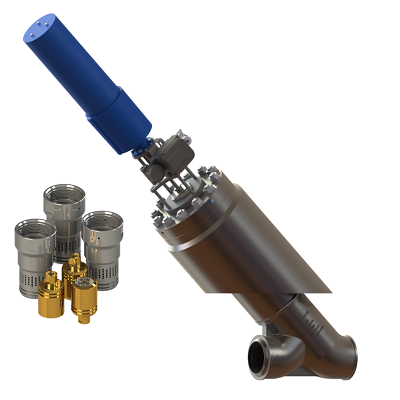
Y-Pattern Control Valve
Series: 9032
Type: Bellows Sealed
Rating: CL150 to CL600; PN16 to PN100
Material: Stainless Steel 316
Size Range: ½” – 8”; DN15 – DN200
End Connections: Butt Weld, Socket Weld, Screwed, Flanged
Temp Range: -269°C to +149°C
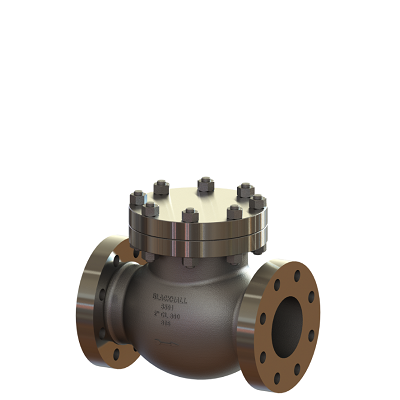
Check Valves
Series: 9501
Type: Piston Type
Rating: CL150 to CL600; PN16 to PN100
Material: Stainless Steel 316
Size Range: ½” – 8”; DN15 – DN200
End Connections: Butt Weld, Socket Weld, Screwed, Flanged
Temp Range: -269°C to +149°C
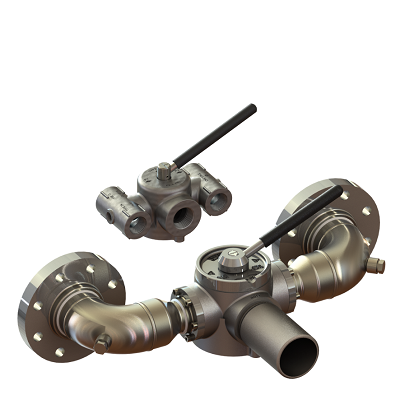
Diverter Valves
Series: 2005
Type: 3-Way Divertor
Rating: CL150 to CL300; PN16 to PN50
Material: Stainless Steel 316 / Bronze
Size Range: ½” – 8”; DN15 – DN200
End Connections: Butt Weld, Socket Weld, Screwed, Flanged
Temp Range: -269°C to +149°C
Key Valve Selection Criteria for Hydrogen Systems
Engineering contractors and OEMs should consider the following during valve selection:
- Material Compatibility: 316 stainless steel, Inconel or Hastelloy trim for hydrogen resistance
- Temperature Range: Must operate from -269°C to +149°C
- Actuation: Manual, pneumatic or electric options with fail-safe features
- Cycle Life: Tested beyond 500,000 operations in critical systems
All Blackhall valves are designed with CFDA and FEA tools to ensure optimal flow, structural integrity and longevity — a testament to our engineering DNA.
Compliance and Certification: Engineering for Trust and Safety
Hydrogen applications are governed by strict safety and performance standards. Blackhall valves are fully compliant with relevant international and British regulations:
- ISO 19880-3: Gaseous Hydrogen – Valves for Refuelling Infrastructure
- BS EN 12266-1/2: Pressure Testing of Valves
- ASME B31.12: Hydrogen Piping and Pipelines
- ISO 21013-4: Cryogenic Pressure Relief Devices
- EC79/2009 and UNECE R134: Compliance for vehicle-related systems
Each valve undergoes stringent testing in Blackhall’s purpose-built cryogenic facility, including:
- Helium leak testing to 1 x 10⁻⁶ mbar·l/s
- Cryogenic thermal cycle tests from -269°C to ambient
- Hydrostatic and pneumatic pressure testing
- Seal integrity and stem torque validation
This ensures total traceability and certifies each product for use in high-consequence hydrogen systems — giving peace of mind to engineers, safety officers, and asset managers alike.
Why Blackhall?
Backed by over 60 years of hydrogen valve experience and export to over 80 countries, Blackhall is more than a valve supplier — we are a strategic partner to the hydrogen economy. Our team of Valvologists® provides system-level insight, bespoke engineering, and life-of-asset support.
We design for:
- 100-year valve life using FEA and CFDA simulation
- Zero emissions through bellows and vacuum-sealed designs
- Multi-standard compliance for HRS and onboard systems
Whether you’re an OEM developing compression skids, a local authority deploying public hydrogen refuelling stations, or a contractor seeking proven valve solutions — we invite you to work with the UK’s most trusted hydrogen valve manufacturer.
Next Steps: Let’s Build a Hydrogen Future
Choosing the right valve is the cornerstone of safe, efficient, and compliant hydrogen infrastructure. Blackhall’s engineered valves — including Series 2027, 9027, 9029, 9031, 9032, 9501, and 2005 — offer long-term performance, British quality, and total system confidence.
Explore our full hydrogen portfolio here: https://blackhall.co.uk/hydrogen-valves-blackhall.php
Want to know what ‘Hydrogen Ready’ really means? Find out in our expert blog
Curious how Blackhall supports the UK’s hydrogen vision? Read more here
Need Specification Support?
Contact our team today for technical datasheets, CAD drawings, or to book a valve workshop.
| ☎ +44 (0)1484 713717
Blackhall Engineering Ltd. — Engineered for the Hydrogen Century.